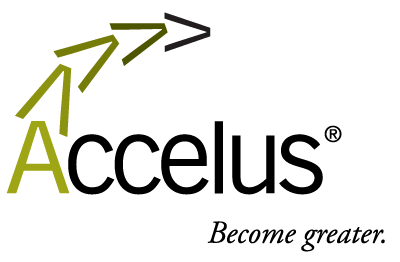There is no “I” in team. But every individual in every team needs to have awareness of their “I” in order to be a strong and contributing team member.
“I” in this case is knowing your strengths, weaknesses, preferences and your common stress responses as you work in a team.
It sounds like:
Teammate 1: I am good at seeing the big picture and can lose sight of the details. I prefer working more of the time with others, collaborating on a project, and talking through the various options. I get stressed when forced to work alone for long periods of time, and when I am rushed to make a crucial decision. When we speak, I am likely to be direct and yet I prefer to be treated with respect when you have something sensitive to share with me.
Teammate 2: I am great with facts, figures and details and need this information early and often in a project. Working solo with these details is great as it gives me time to process what they reveal. When we need to work together, I prefer that we stick to the task at hand and the insights from data. Too much talking stresses me and makes it hard to think. If you need to give me feedback, give it to me straight, so I know exactly what the challenge is.
Impossible to work together?
No. But there is sure to be friction if one or the other isn’t aware of their “I” tendencies.
“Armoring Up”
When we work with others who have a different “I” or style, we often “armor up” to get through or deal with the other person. We steel ourselves to communicate by being steadfast in our approach. For example, Teammate 1 is determined to ask questions and force Teammate 2 to engage in brainstorming. While Teammate 2 is just as determined to engage only to gather facts and figures and to report (briefly) after processing.
Armoring up puts us in a hardened position and makes us incapable of truly seeing, hearing and relating to the other person. This puts trust at risk and squashes innovation.
The worse alternative is that we don’t engage at all.
Knowing Your “I”
So how does knowing your “I” and having your team aware of it help? Why is it critical to productive teams?
Not engaging with each other is a death knell for a team. It creates a group of high performers, doing their own thing, accommodating or reluctantly giving in when one idea or approach appears to be superior. So, how much buy-in or commitment is there when your approach is not the winning idea?
The Costs of Team Armoring
When a team armors up to work together, results can be realized, even pretty good results. The team gets through it. But at what cost?
At the cost of thinking “I have to go deal with _____________.”
With the cost of lost innovation as each team member focuses on their point, their approach, and are hardened and defensive to new ideas.
And at the cost of the human toll and stress, when engaging with others requires armor.
Embracing the Individual “I’s”
When teams make knowing and sharing their individual “I’s” a priority, they create an environment where differences are appreciated, and weaknesses mitigated. The multiplier effect comes into full play by harnessing the power of “I’s” focused on a common goal.
Need your “I’s” focused on a common goal? Reach out to learn more about our Team Development process.
More on the subject…
Listen in as Lisa Walsh and “I” discuss team coaching with Gary Nowak on Coffee House Coaching to hear how “I” is critical in teams. You’ll also observe how two individuals come together for a common purpose and deliver more than either of us could alone.

